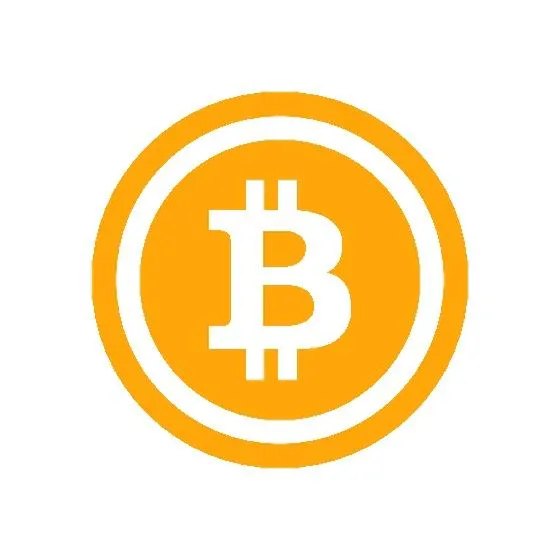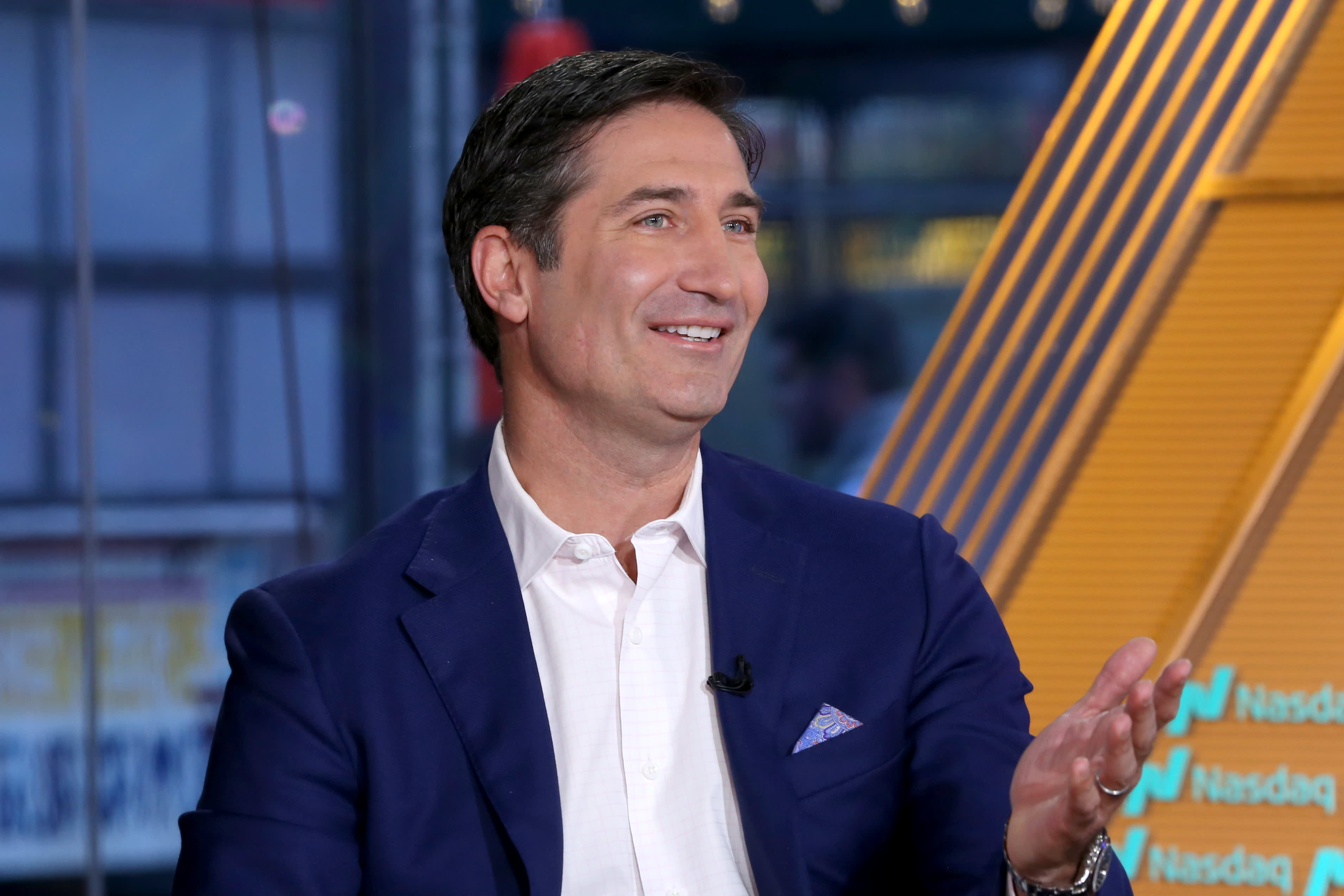By Contributor,Trefis Team
Copyright forbes

Blockchain bitcoin icons vector illustration with long shadow
The U.S. Federal Reserve’s Federal Open Market Committee (FOMC) is meeting this week, and the big question on everyone’s mind is what they’ll do with interest rates. It’s widely expected that they’ll lower rates by 25 basis points, but the real impact will depend on their overall message. Will they sound more hawkish or dovish?
This tone will likely influence how all asset classes, including Bitcoin, react. Historically, when the Fed has adopted a more dovish stance, it has often been a positive sign for Bitcoin. Let’s dive into what the data suggests about how these policy decisions could affect the crypto market.
That being said, if you seek an upside with less volatility than holding an individual stock or token, consider the High Quality Portfolio. It has comfortably outperformed its benchmark—a combination of the S&P 500, Russell, and S&P MidCap indexes—and has achieved returns exceeding 91% since its inception. Separately, see – XRP Price To Hit $10 In October?
Historical Precedence
How does Bitcoin usually react when the Fed starts cutting rates? Looking at past cycles can give us some clues.
What Happened In 2019 And 2020?
In 2019, the Fed cut rates three times. Bitcoin’s price went up slightly as people anticipated the cuts, but it didn’t immediately soar after each announcement. This shows that the market’s reaction isn’t always a simple cause-and-effect.
MORE FOR YOU
Then came the 2020 emergency cuts. When the pandemic hit, the Fed slashed rates, and Bitcoin initially crashed. It went from nearly $8,000 down to less than $4,000 as everyone scrambled for cash. But here’s the interesting part: this crash was followed by a huge comeback. As the Fed’s massive money-printing and stimulus measures kicked in, Bitcoin’s price exploded, jumping from around $7,000 in April to over $28,000 by the end of the year.
Curious what history says about the S&P 500’s reaction to a bigger-than-expected rate cut? Check out our take on it: S&P 500 Set To Surge 30%?
The Big Takeaway
The main lesson from history is that while an immediate reaction to rate cuts can be volatile, the real magic for Bitcoin happens during sustained periods of low interest rates. The massive bull run from 2020 to 2021, which saw Bitcoin hit an all-time high of over $60,000, happened at the same time as the most aggressive money-printing in modern history.
But Why Does Bitcoin Rally After Rate Cuts?
More Money for Investments: When the Fed cuts rates, borrowing becomes cheaper. This injects more money, or liquidity, into the financial system. With cheaper capital, investors and funds are more willing to put money into riskier assets like Bitcoin, especially when safer options like bonds offer low returns.
The Dollar Effect: Lower interest rates often weaken the U.S. dollar. Since Bitcoin is seen as a hedge against a devaluing currency, a weaker dollar can make Bitcoin more attractive.
Risk-On Mentality: Lower rates encourage investors to seek higher returns. When safe investments don’t pay much, money tends to flow into riskier assets, including tech stocks and, increasingly, Bitcoin. We’ve seen this play out as Bitcoin’s price often moves in sync with the broader tech market (see how tech stocks like Google compare with its peers).
Institutional Support: More and more major institutions are adding Bitcoin to their portfolios. When these big players see their cost of borrowing decrease, they are more likely to allocate money to alternative assets like Bitcoin, especially now that Bitcoin ETFs make it easy to do so. See our take on bitcoin miner IREN – IREN Stock To $50?
Risk Factors That Could Derail the Rally
Despite the historical precedent, several factors could limit or prevent Bitcoin’s upside:
Macro Headwinds: If the rate cut signals deeper economic concerns rather than a soft landing, risk assets, including Bitcoin, could face selling pressure. A slower economic growth would likely hurt Bitcoin regardless of monetary policy.
Regulatory Overhang: Increased government scrutiny or adverse regulatory developments could overshadow the benefits of easier monetary policy.
Market Saturation: Bitcoin’s market cap is significantly larger now than in 2019-2020. It will take much more capital to generate the high percentage moves.
Timing Disconnect: As history shows, the initial market reaction to rate cuts can be negative. Investors might need patience before seeing meaningful gains.
Competition from Traditional Assets: If stocks rally aggressively on rate cut news, some capital might flow there instead of crypto. Related – Bitcoin Escaped Nvidia’s Clutches, Is AI Next?
Prudent investors should plan for both outcomes: a dovish Fed that drives sharp appreciation, or a hawkish stand that creates near-term weakness. Even if BTC looks compelling, concentrating in a single stock—or a cryptocurrency—carries risk. Consider the Trefis Reinforced Value (RV) Portfolio, which has outperformed its all-cap benchmark (a combination of the S&P 500, S&P mid-cap, and Russell 2000 indices) to deliver strong returns. The quarterly rebalanced mix across large-, mid-, and small-cap names helps capture upside in favorable markets while limiting drawdowns, as shown in the RV Portfolio performance metrics.
The Bottom Line
A 25 basis point rate cut is pretty much a done deal, so the real news won’t be the cut itself. What really matters is what the Fed says about future policy.
If Chair Powell sounds dovish and hints at more cuts, Bitcoin could see a strong, sustained rally. On the other hand, if the Fed’s tone is more hawkish—suggesting this is a one-time thing—the market’s reaction might be a bit lukewarm or negative. A hawkish stance can’t be ruled out, especially since inflation is proving to be so stubborn. Read more on this – S&P 500 To Crash 40%?
Ultimately, the trend is clear: loose monetary policy is good for Bitcoin. It adds liquidity, weakens the dollar, and makes riskier assets more appealing. As the Fed continues to navigate the economy, Bitcoin is well-positioned to benefit from both a desire for risk and a need for an inflation hedge. This week’s meeting is just the latest chapter in the story of how a digital asset is becoming a key part of the global financial world.
Editorial StandardsReprints & Permissions



